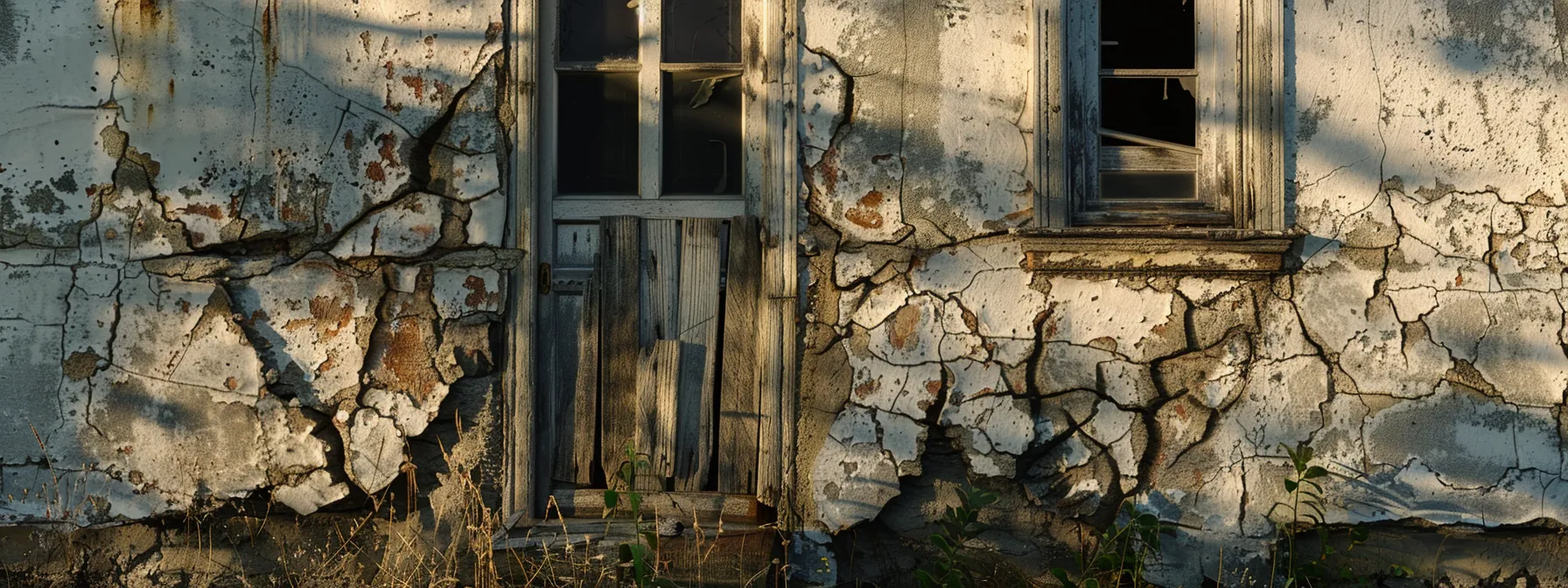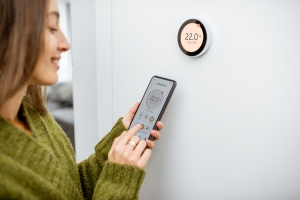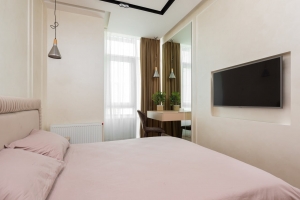Radon is a naturally occurring, radioactive gas that can pose serious health risks when it accumulates indoors. As a colorless, odorless, and tasteless gas, it often goes undetected without proper testing, making homes and workplaces vulnerable to its effects. Testing for radon is not only crucial for peace of mind but also for the safety and well-being of individuals inhabiting these spaces. Below, we will delve into the importance of radon detection and offer practical advice for ensuring your environment is safe.
Understanding Radon: The Invisible Health Hazard in Your Home

Radon originates from the natural decay of uranium found in soil and rock. It seeps into buildings through cracks in the foundation, gaps in floors and walls, or openings around service pipes. This silent intruder can accumulate to hazardous levels over time, especially during the colder months when homes are typically sealed tight to conserve heat. Understanding the nature of radon is the first step in recognizing the threat it poses to indoor air quality.
The health implications of long-term radon exposure are significant. Radon is identified as the second leading cause of lung cancer after cigarette smoke, according to health authorities. In spaces where the gas concentration is high, occupants unknowingly inhale radon particles that can damage lung tissue and increase cancer risk. Despite its serious health implications, radon remains largely unknown to many homeowners, highlighting the need for greater awareness and proactive testing.
Ensuring your home is radon-safe begins with picking the right detection tools and services. SunRADON - The Leader in Radon Detection offers reliable testing equipment that empowers homeowners to accurately measure radon levels. Their expertise and advanced technology make radon testing accessible and manageable for individuals concerned about indoor air quality.
Key Signs Your House Might Be at Risk for High Radon Levels

Certain signs may hint at a higher likelihood of radon issues, such as the age of a home and existing structural vulnerabilities. Older houses may have more cracks and openings that allow radon to enter, particularly those that haven't been renovated or maintained to seal gaps effectively. Awareness of the key indicators can prompt timely testing and intervention, potentially averting health hazards.
Geographical location is another important factor when considering radon risk. Homes in areas known for high uranium content in the soil are intrinsically at risk for elevated radon levels. Local geological surveys and maps available from environmental protection agencies can often reveal such radon-prone areas.
Step-By-Step Guide to Radon Testing and Interpretation of Results

Radon testing begins with choosing the right test for your circumstances. Short-term tests, which typically span from a few days to a week, offer a quick preliminary assessment, while long-term tests provide a more accurate picture of average radon exposure. The test kits come with instructions that outline how to correctly place them within your home, usually at the lowest level.
Once the test period is complete, the kit is sent to a laboratory for analysis, with results often returned via mail or online. The Environmental Protection Agency (EPA) suggests taking action if radon levels are at or above 4 picocuries per liter (pCi/L) – a measure of radioactive concentration. However, even at lower levels, homeowners may choose to mitigate as no level of radon exposure is considered completely safe.
Effective Strategies for Radon Mitigation and Maintaining Safe Indoor Air Quality
When elevated radon levels are detected, the next crucial step is implementing effective mitigation strategies. The goal is to reduce radon to safe levels, and often, a combination of methods will be necessary to achieve this. Professional radon mitigators typically start by sealing cracks and openings in the building's foundation and walls to limit the flow of radon into the home.
In addition to sealing, radon mitigation systems such as sub-slab depressurization can be installed to prevent radon from entering the living spaces. These systems work by creating a vacuum beneath the foundation and venting radon-laden air to the outside, away from windows and other openings where it could re-enter the home. Post-mitigation testing ensures that the systems are effectively lowering radon concentrations.
Altogether, radon testing and mitigation are cornerstones of maintaining a healthy indoor environment. By understanding the risks, recognizing potential signs of radon accumulation, and following through with testing and mitigation, homeowners can ensure their residences remain safe havens. Overall, the effort put into radon management is a direct investment in one's health and peace of mind.






